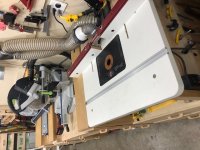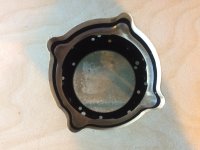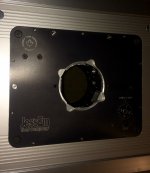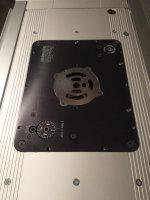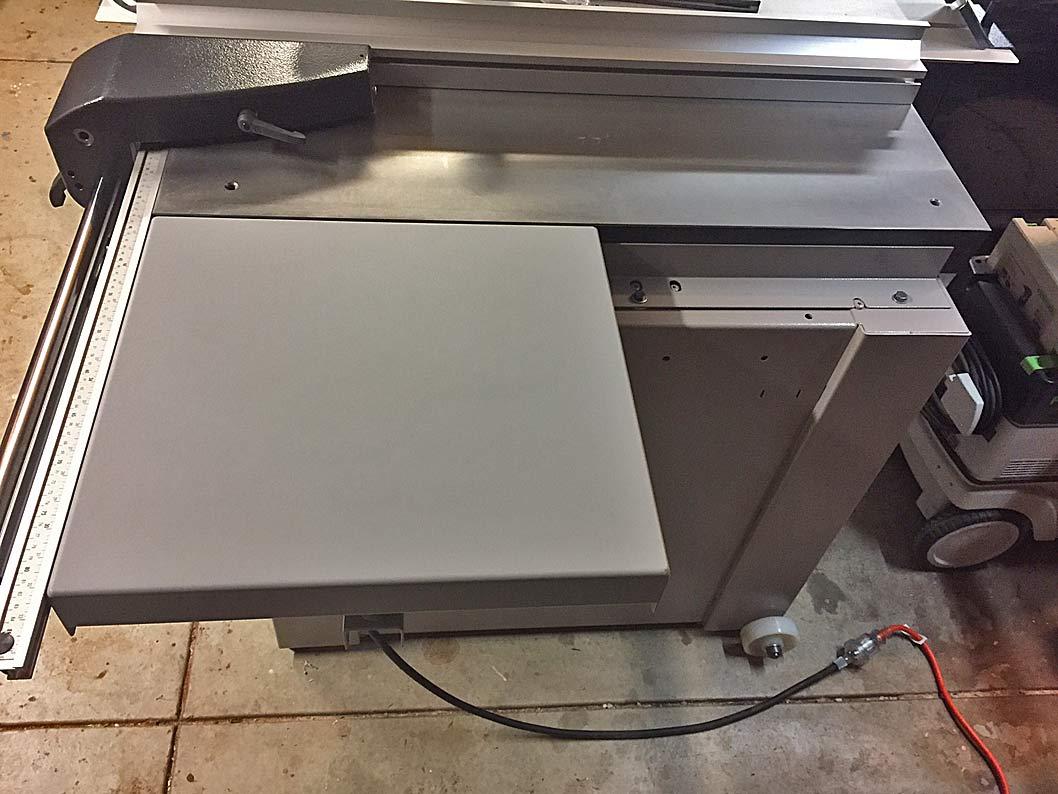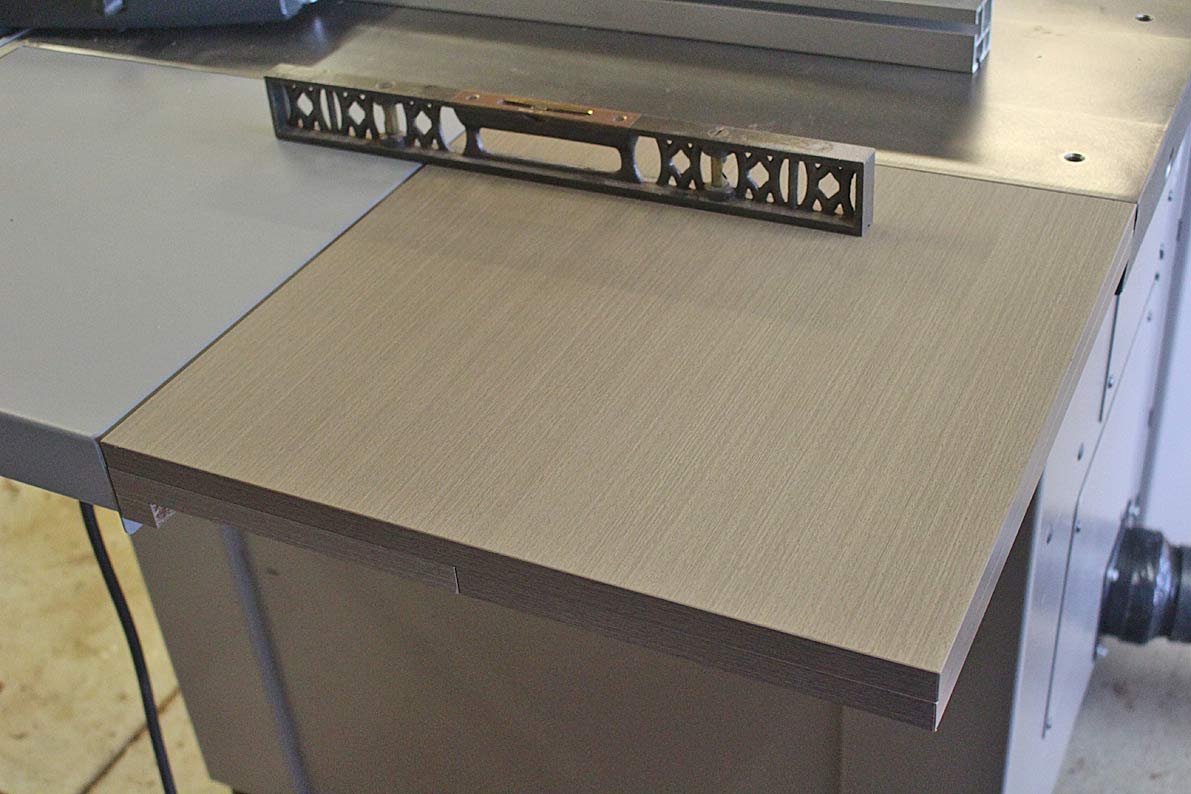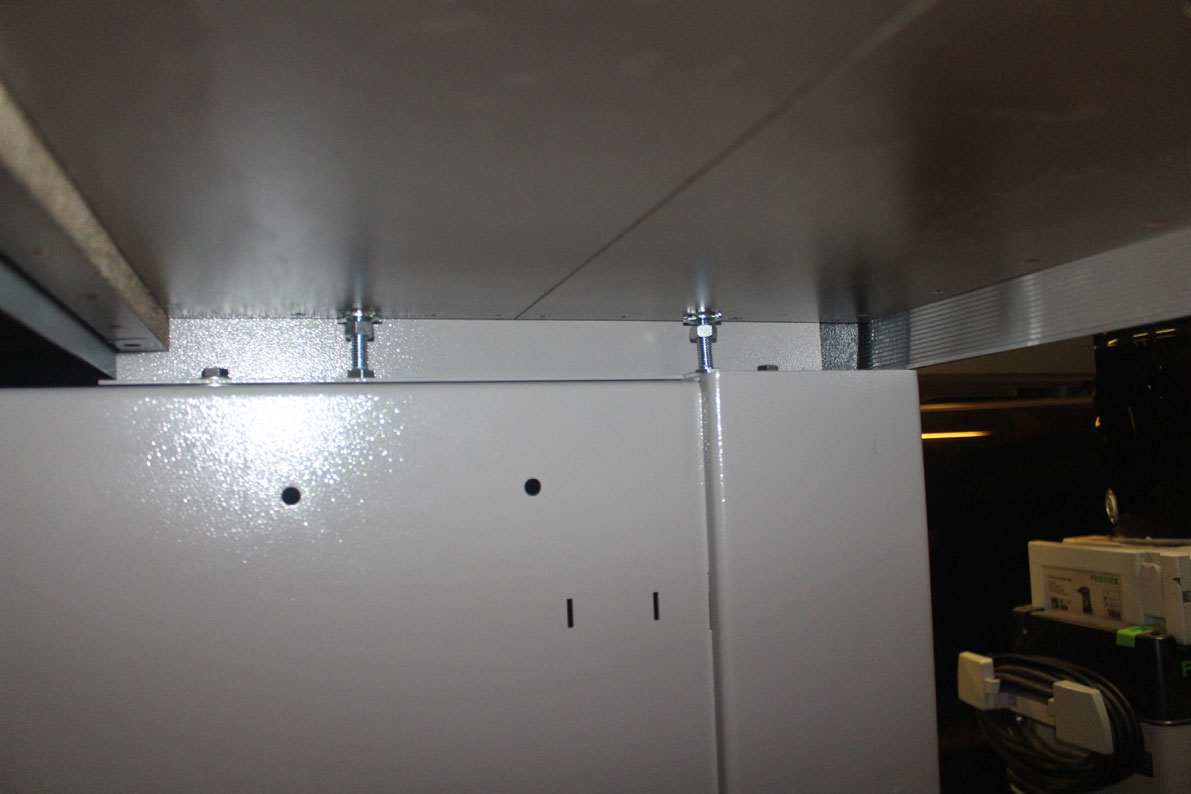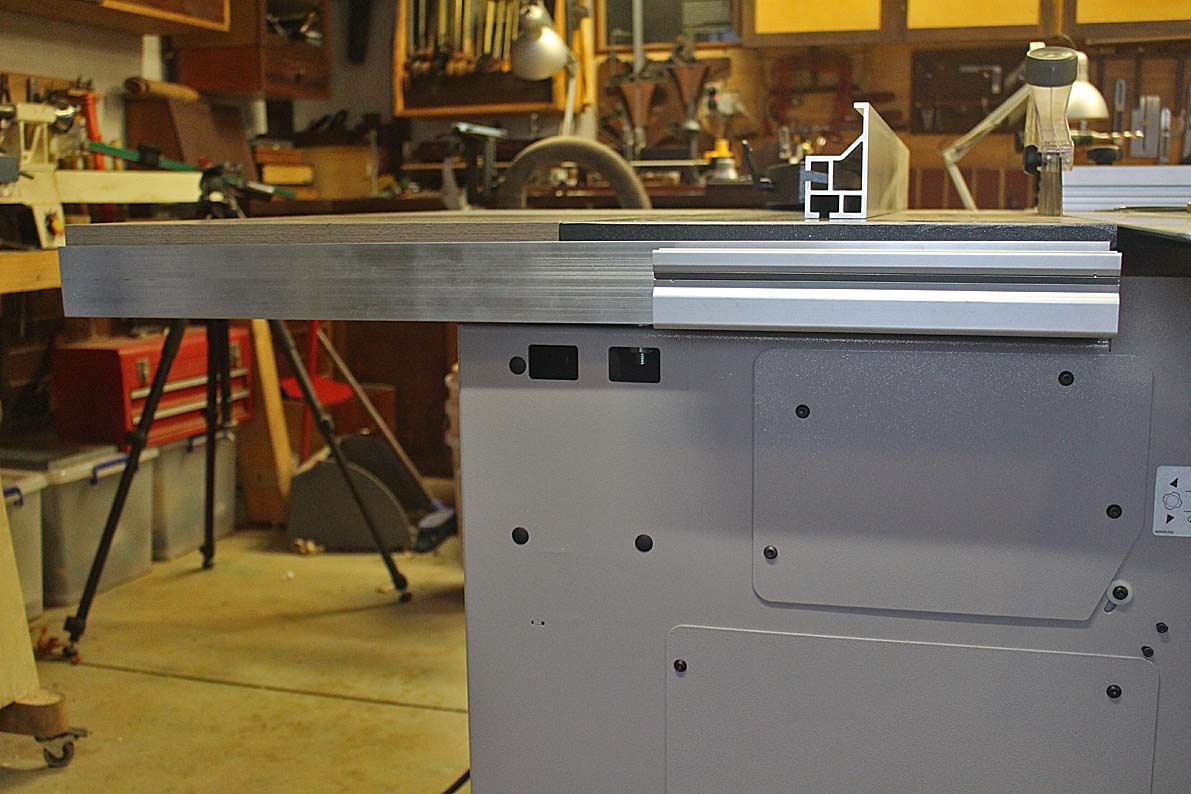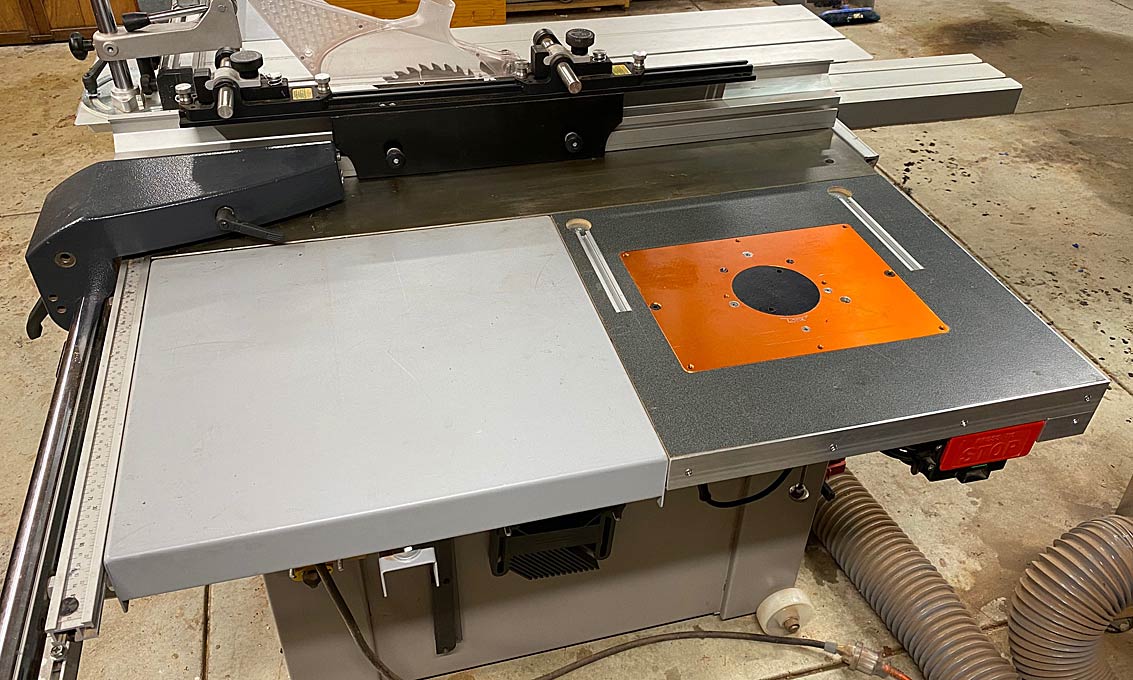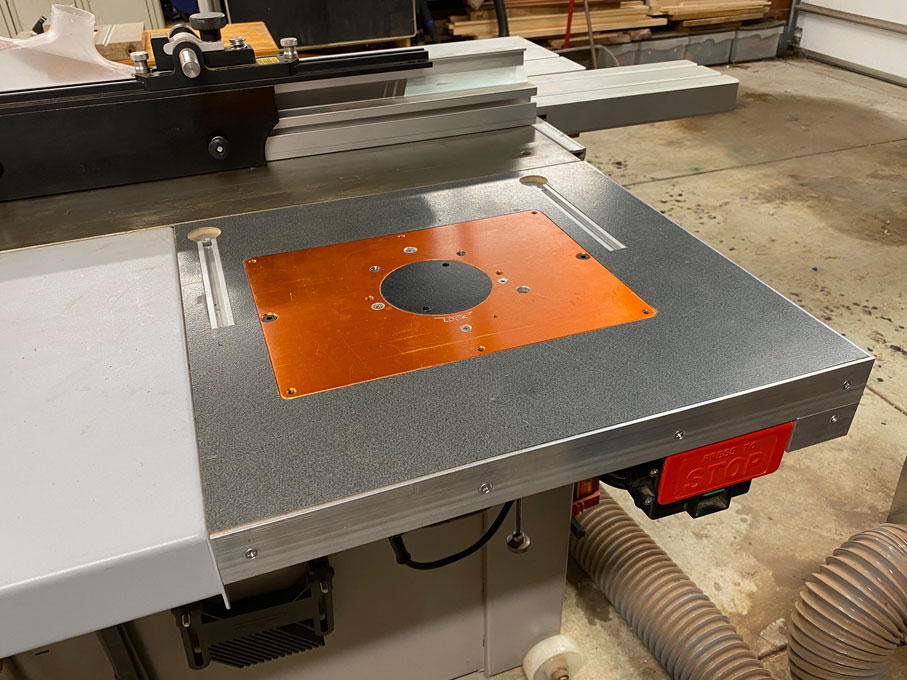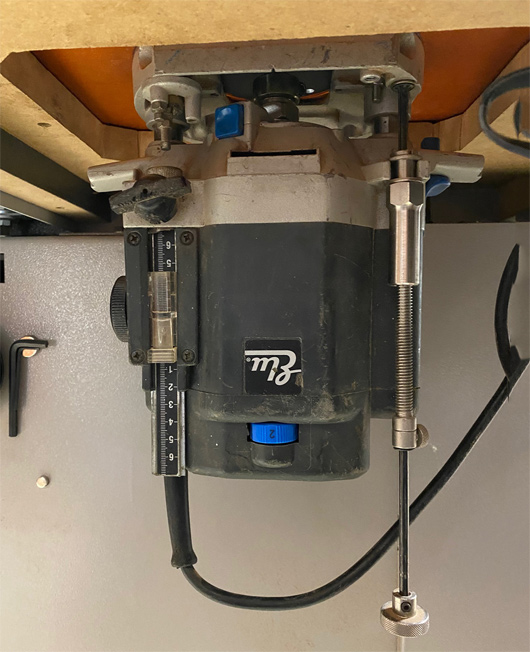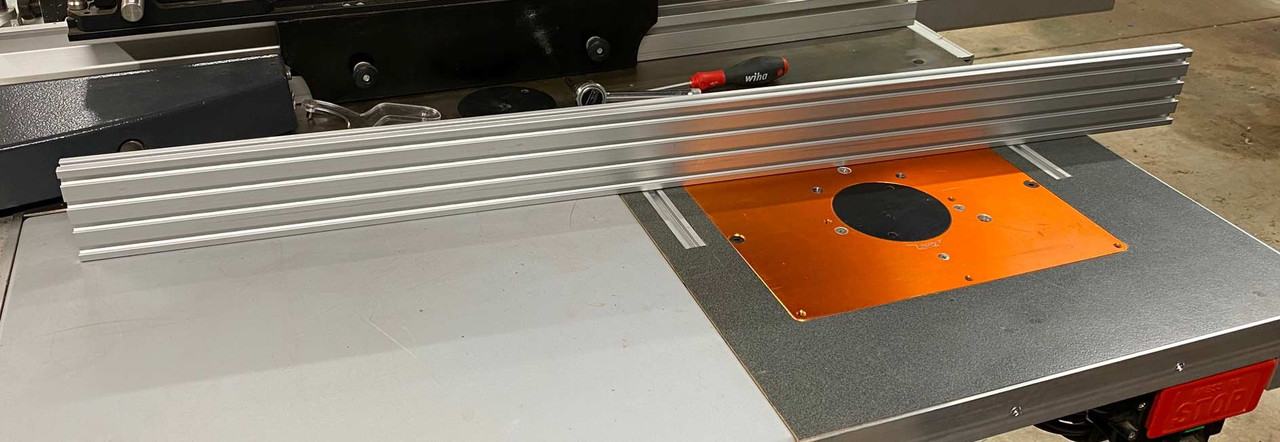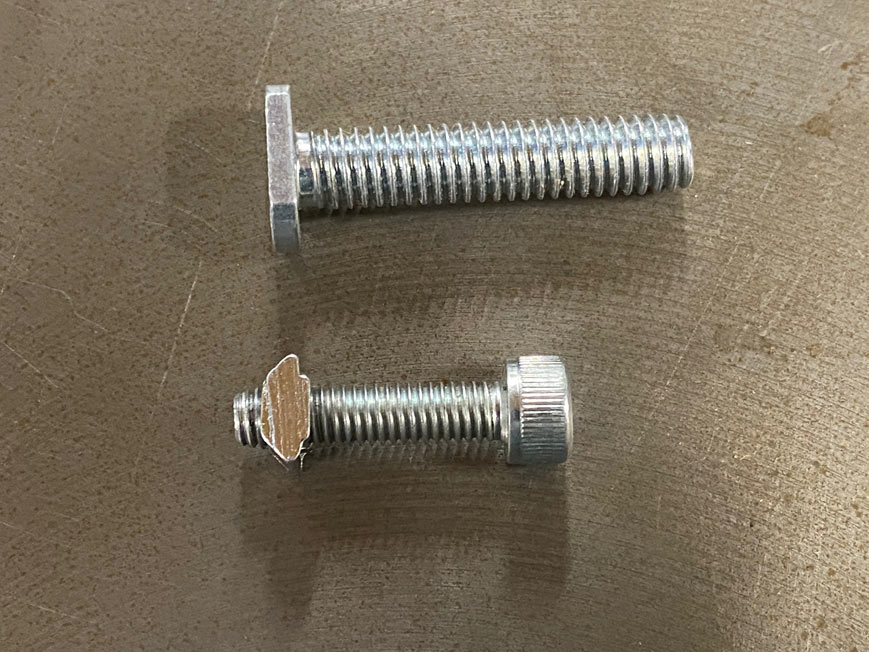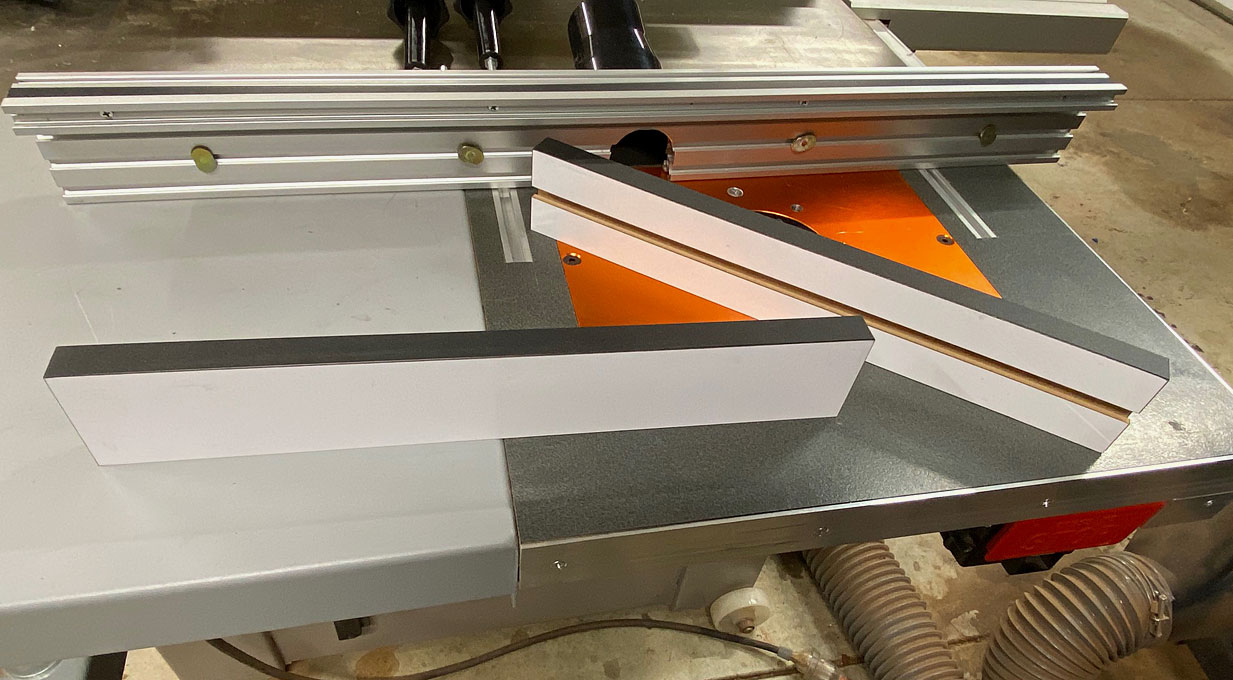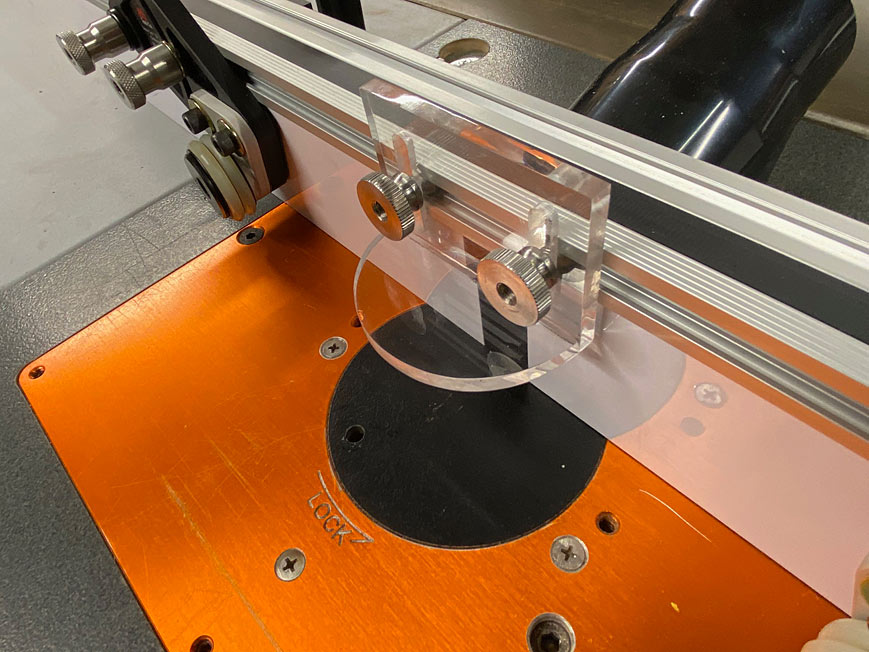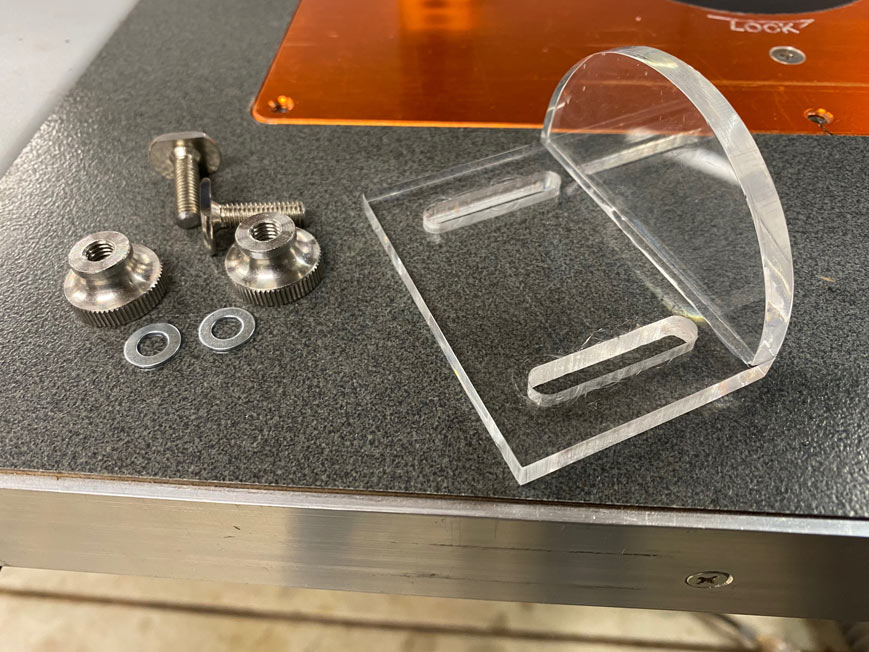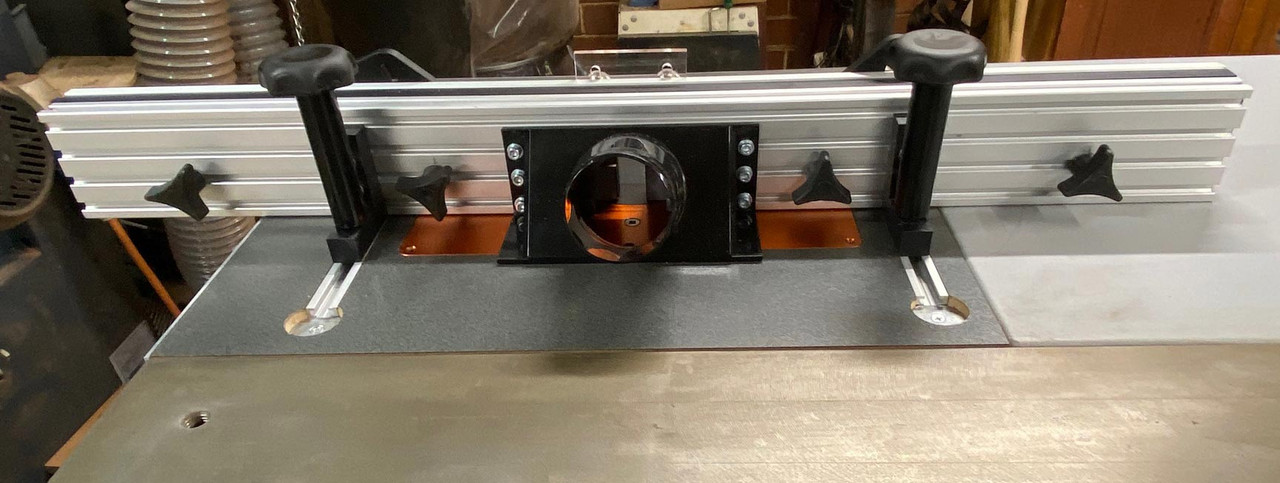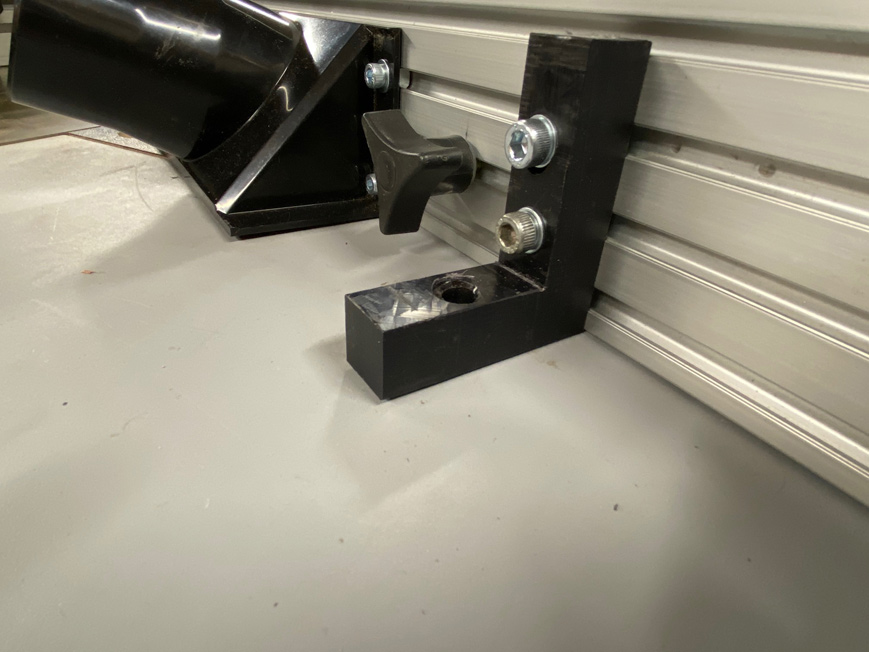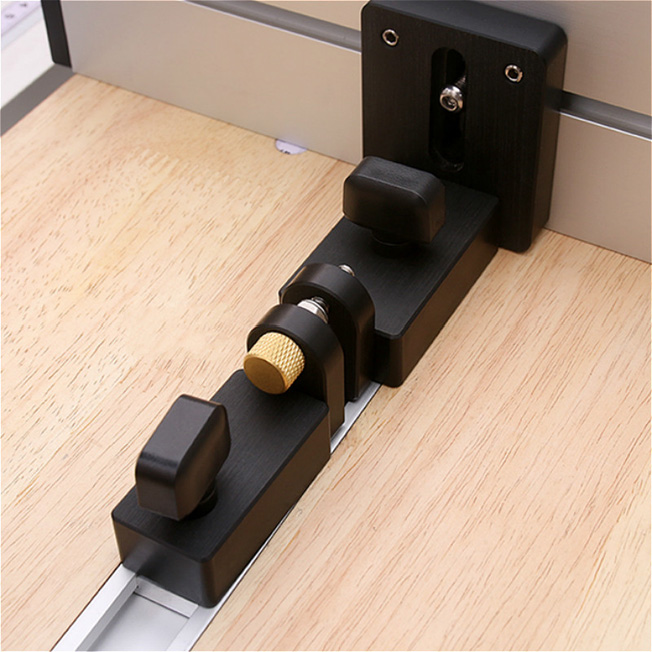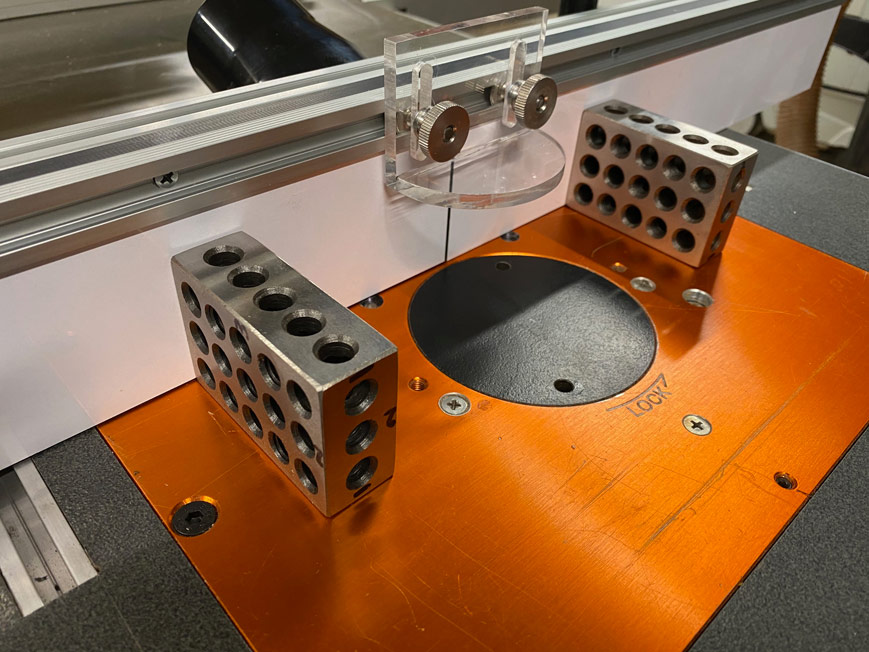Here's the router table and router table fence I have been building. There is a little more work to do on the micro-adjuster, which is coming from AliExpress, as well as the dust extractor for the (2 1/4 hp) Elu 177e router I use. But for now, the rest is done.
This is a very full-on set up. What is relevant is that it did not cost much (don't include the cost of the JessEm guides, which are excellent but a little luxury). It is difficult to total, as some parts, such as the aluminium insert plate, was purchased about 3 years ago, as was the Router Raizer lift, and the MuscleChuck router bit change.
The base for the router table was a laminated high pressure MDF kitchen bench off cut from a kitchen maker ...
This was build into the outfeed of my Hammer K3 sliding table saw ...
These aluminium plates are excellent. After 3 years of hanging the heavy Elu, there is no signs of any dips. The surface remains flat, flat.
The Elu below, minus handles, with Router Raizer attached ...
Above the plate, the MuscleChuck allows for changing bits and easy bit-holding. I built a handle for the Router Raizer from a cut-down socket wrench. This enable fast spinning as well as fine adjustments with the fence close by.
The heart of the fence is made for 8020 extruded aluminium (80mm high and 20mm wide). I comes in 1m lengths, and this fence is 600mm long.
Note that the slots of this extrusion use different T-bits ...
The only other part I bought in were the sub-fences, since these are phenolic-coated, and the dust port.
The subfences. Also note that the dust collection port in the mainfence was made with a 2 1/4" hole saw ...
The Jessem guides, and the bit guard I made ...
Made in two sections and superglued together ...
The rear of the fence, with the dust port, and sub-fence adjusters ...
The reason for bolting on the dust port was not simply to make it possible to remove, but this enabled the T-track to be plugged ...
The (very stiff) UHMW fence bracket is temporary ...
and will be replaced by these brackets with fine-adjuster (only needed on one side) ...
There is adjustment built into the brackets to ensure that the working side of the fence is square to the table ...
I hope that this provides some ideas for your build.
Regards from Perth
Derek

